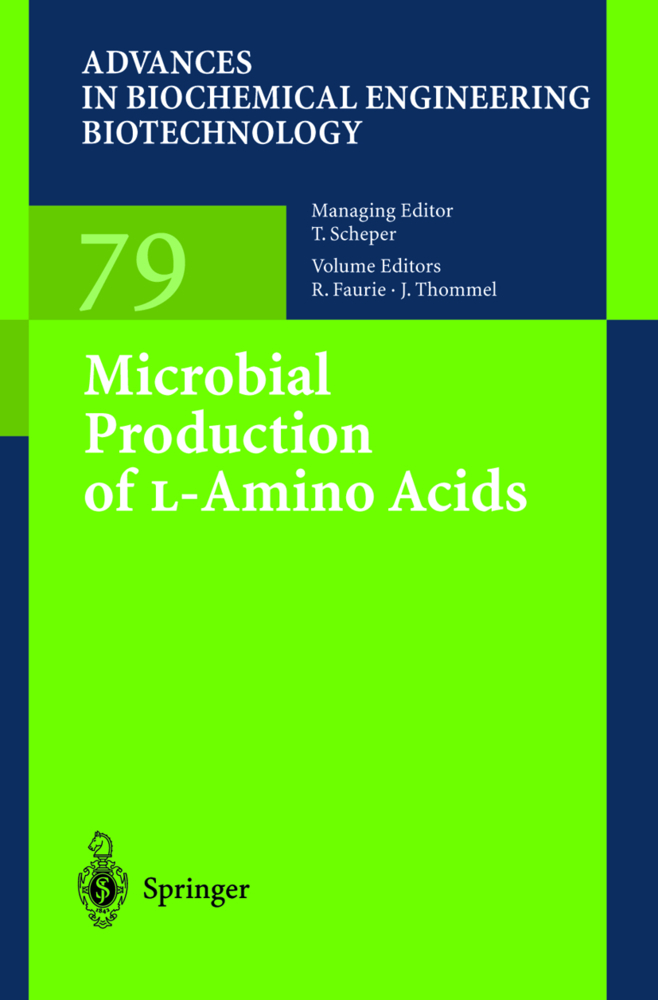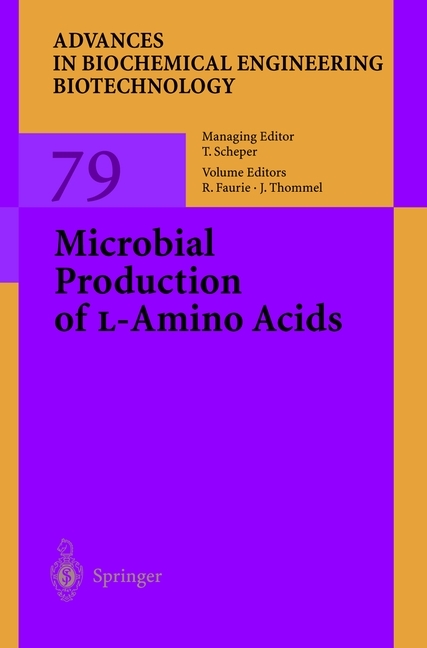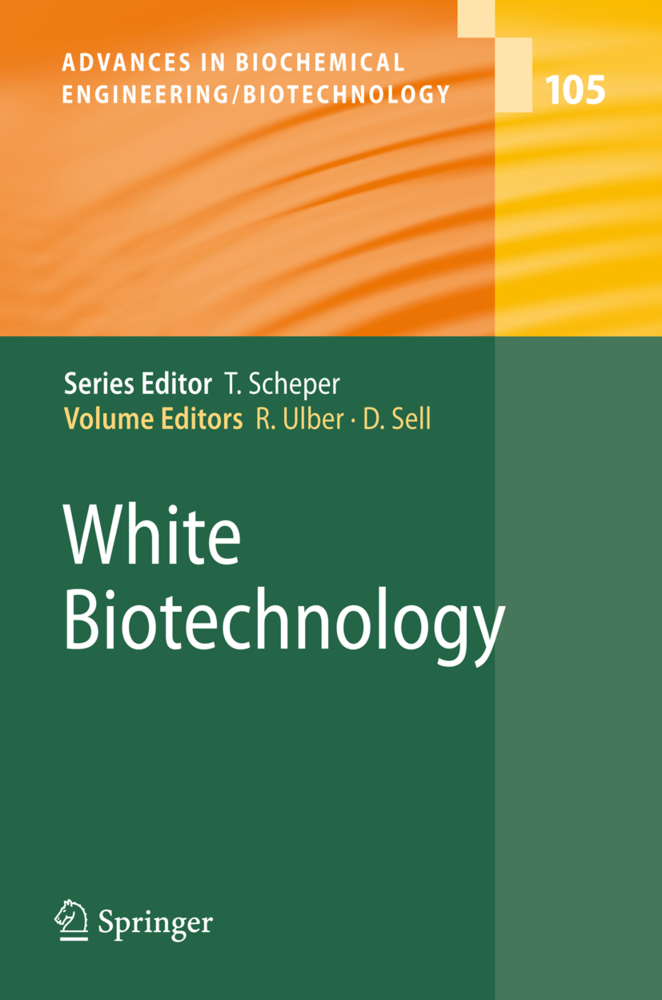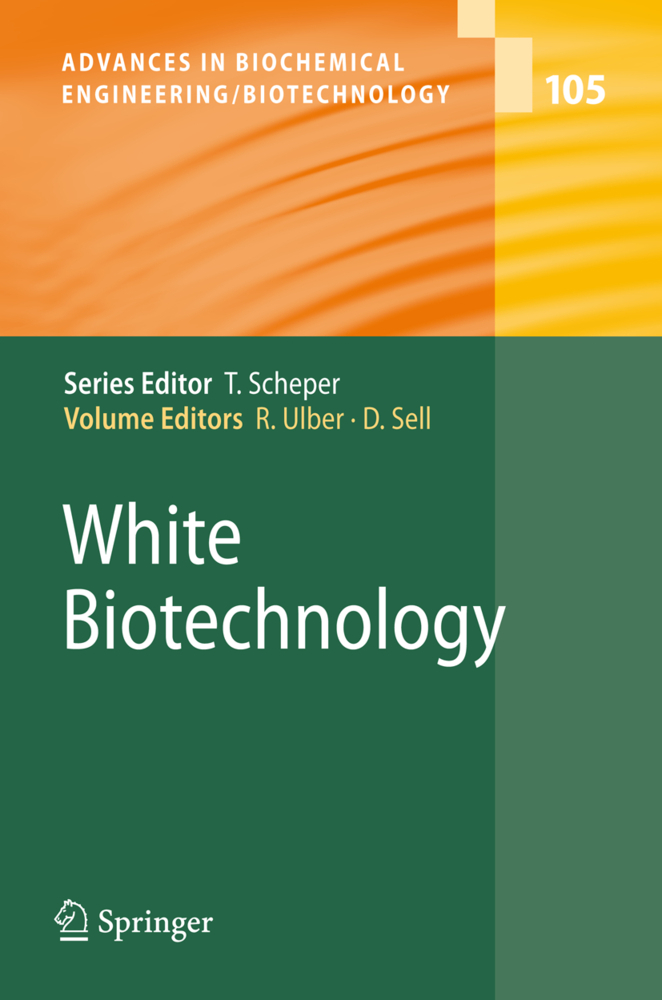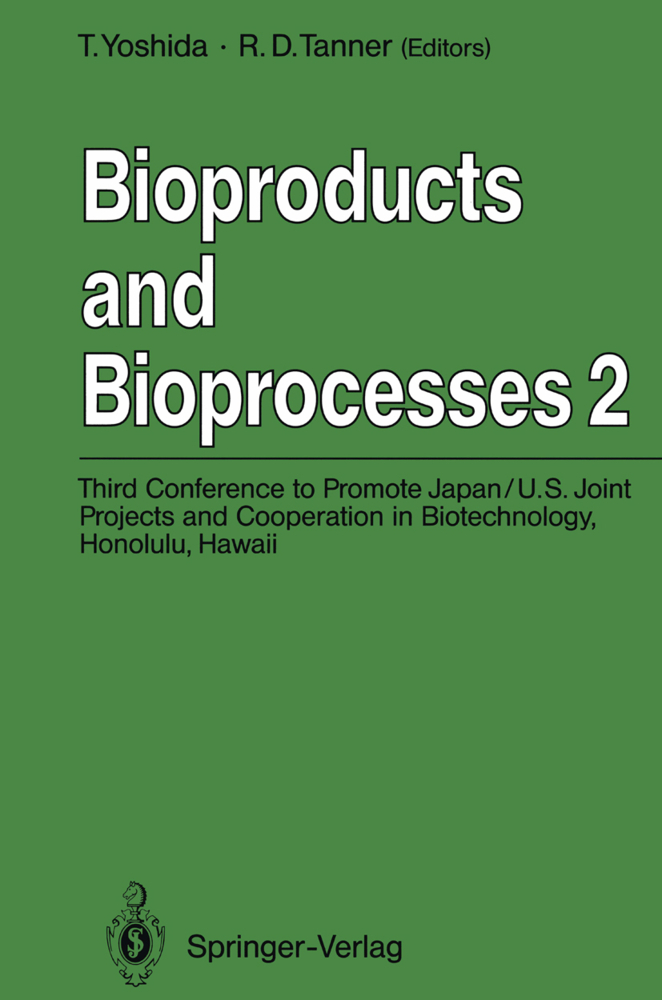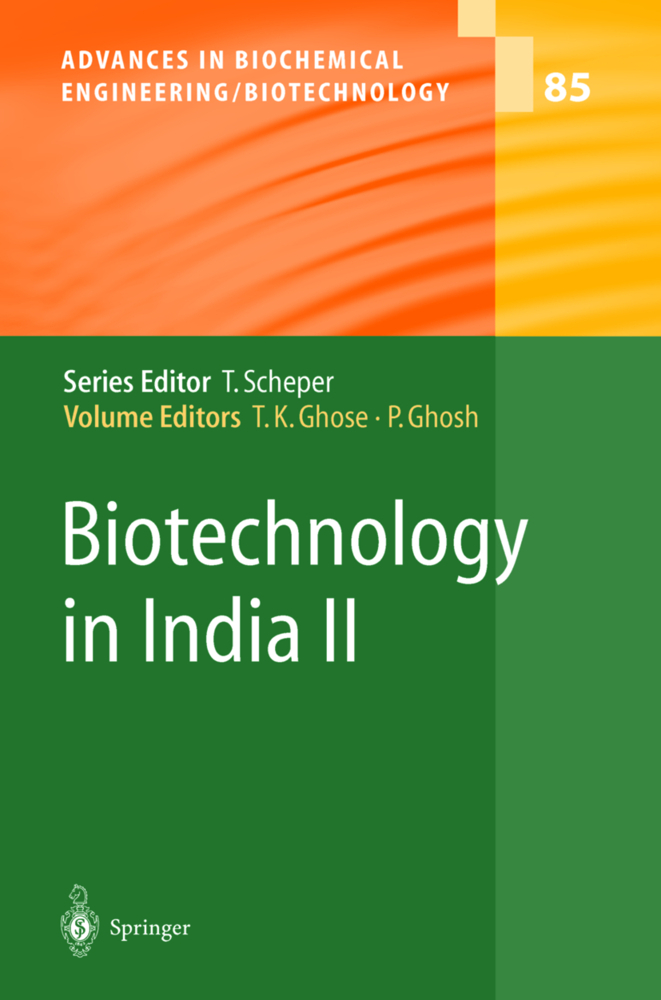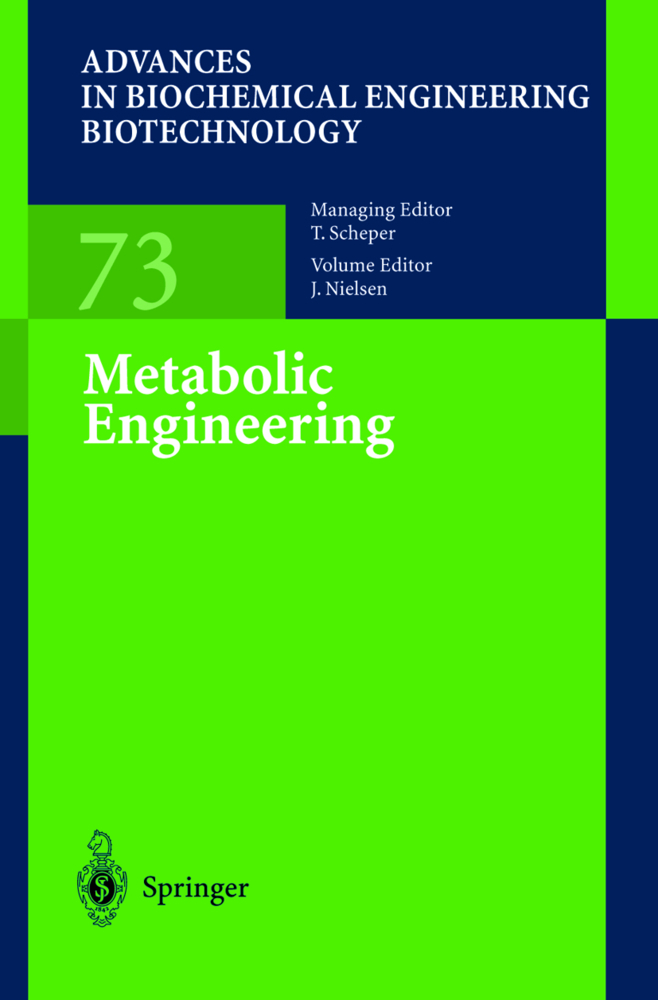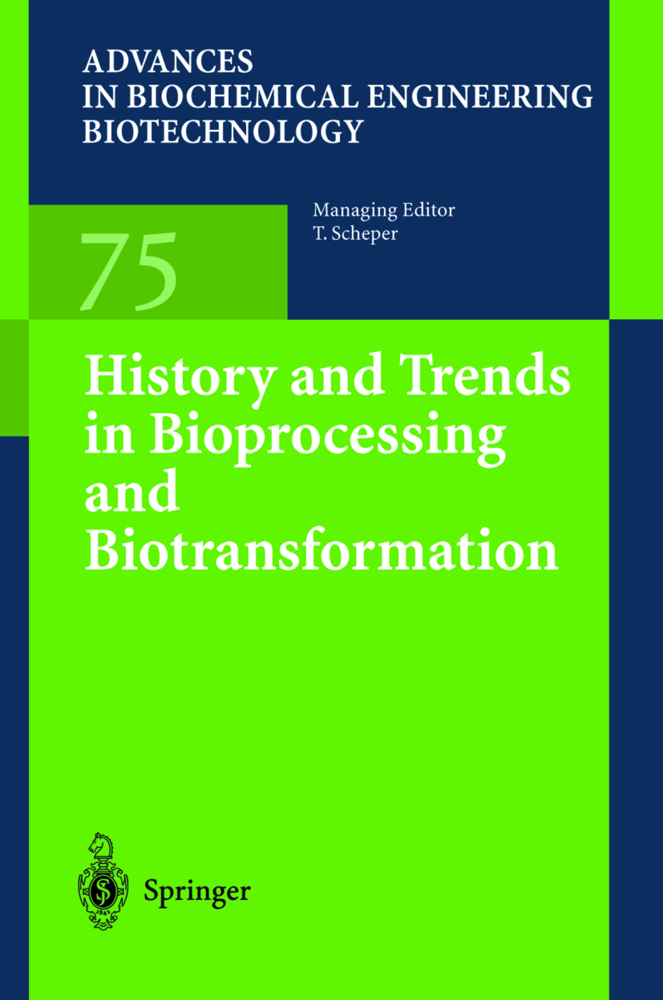Microbial Production of L-Amino Acids
Microbial Production of L-Amino Acids
It was in 1908, when Prof. Kinue Ikeda, grandfather of Dr. T. Ikeda, a Japanese chemist discovered glutamic acid as a flavoring component in seaweed ("Kon bu") and soy hydrolysates. After neutralization with caustic soda, he isolated Mono Sodium Glutamate (MSG), a flavor enhancer that represented the initial product for the company Ajinomoto. The company's name is synonymous with its first product and MSG was setting the stage for large scale production of amino acids. MSG is still today's most important amino acid and flavor enhancer. This was not only the birth of the first industrial scale amino acid production from natural raw material hydrolysates but also the fundamental process for the isolation of other amino acids. Several proteins derived from soy, corn or wheat contain only approximately 10 20% glutamic acid and glutamine whereas the residues contain many other amino acids, such as the essential ones (leucine, isoleucine, valine, threonine, methionine, lysine, phenylalanine and tryptophan) and the semi essential ones (arginine, cyst(e)ine, histidine and tyrosine). It is, however, very difficult to separate and purify all these components from the crude initial hydrolysate and therefore not surprising that the market price for those amino acids was comparably high.
Biotechnological Manufacture of Lysine
The Threonine Story
Economic Aspects of Amino Acids Production.
Amino Acid Production Processes
Metabolic Engineering of Glutamate ProductionBiotechnological Manufacture of Lysine
The Threonine Story
Economic Aspects of Amino Acids Production.
| ISBN | 978-3-540-43383-5 |
|---|---|
| Artikelnummer | 9783540433835 |
| Medientyp | Buch |
| Copyrightjahr | 2002 |
| Verlag | Springer, Berlin |
| Umfang | XIII, 185 Seiten |
| Abbildungen | XIII, 185 p. |
| Sprache | Englisch |

